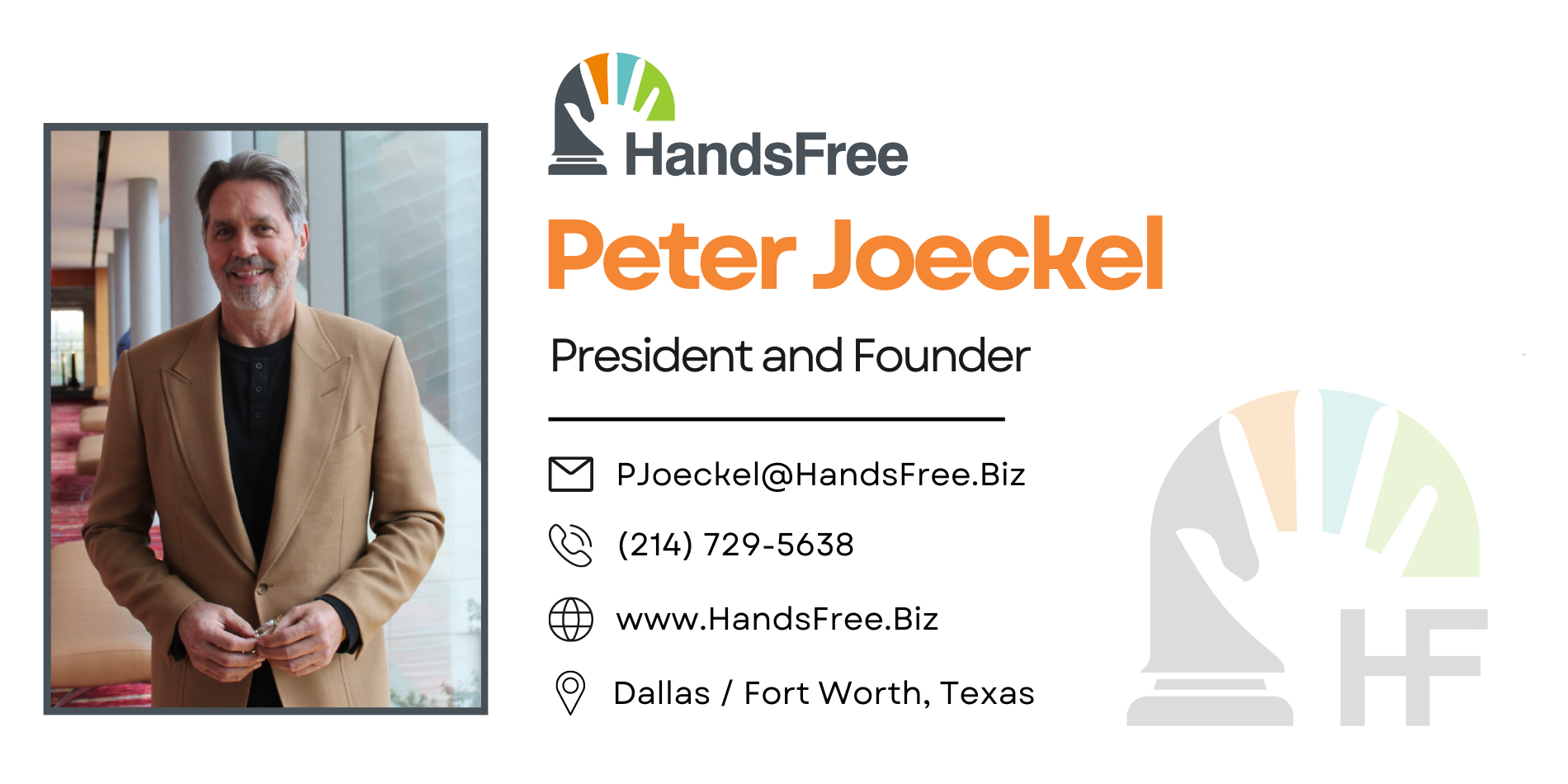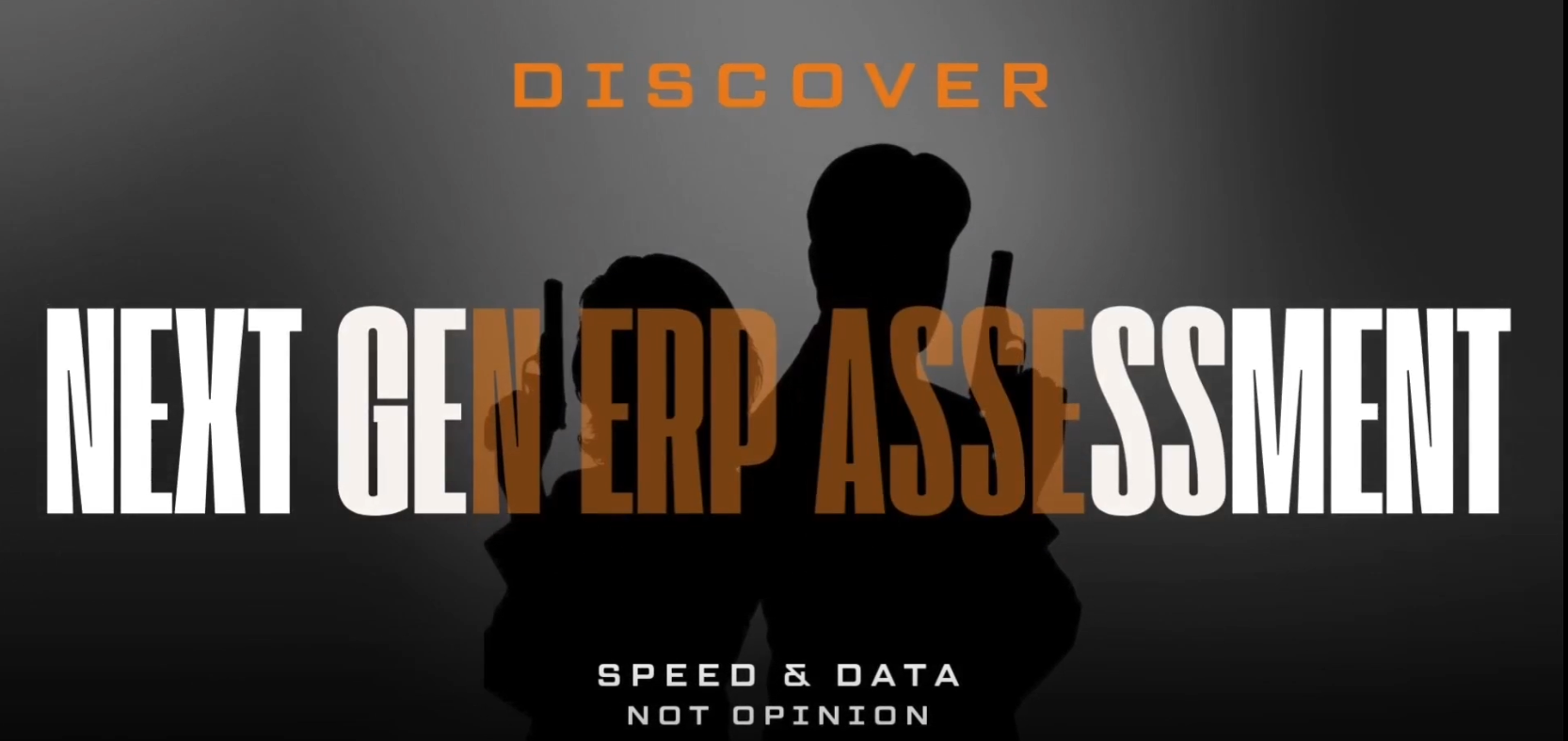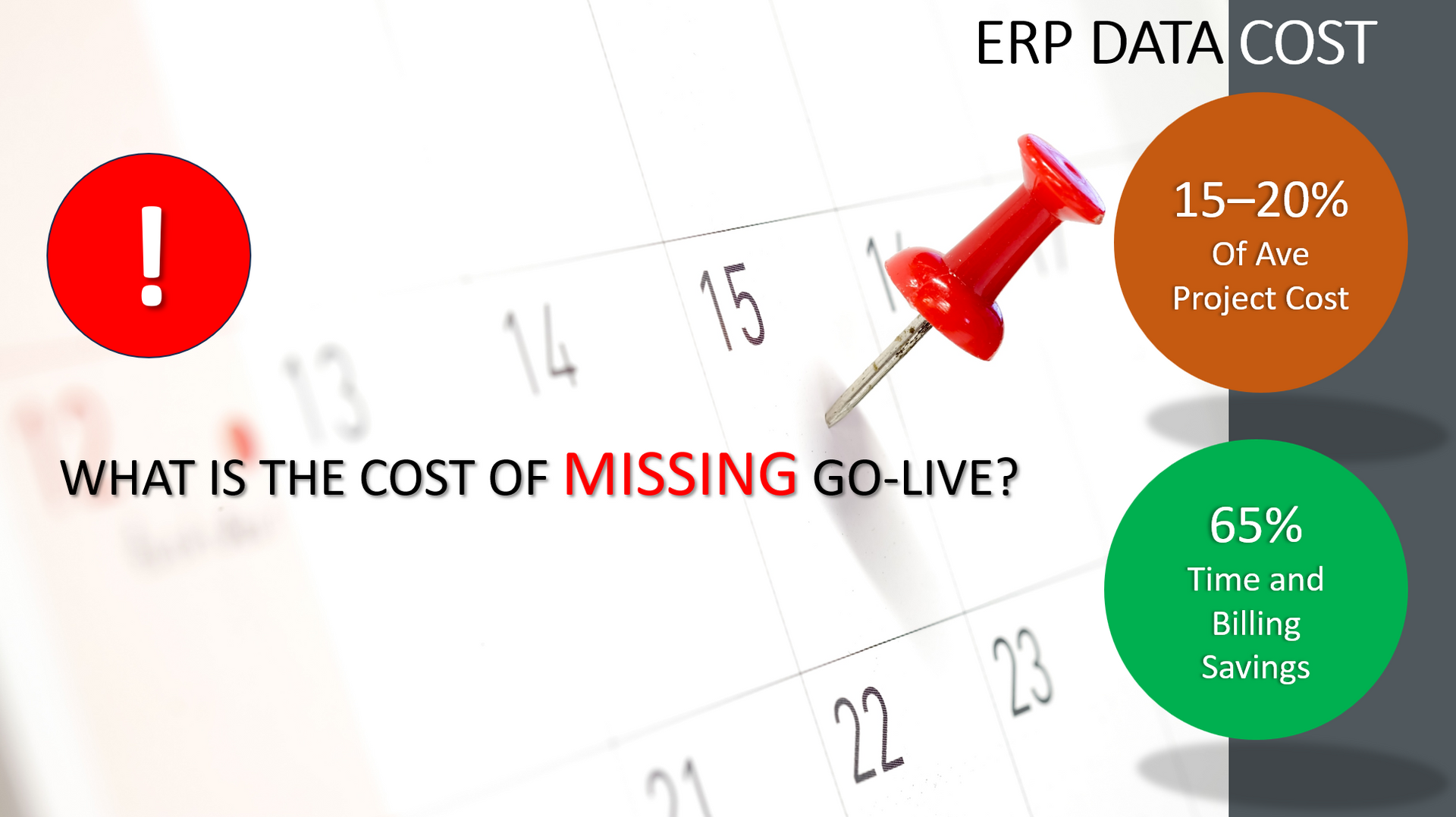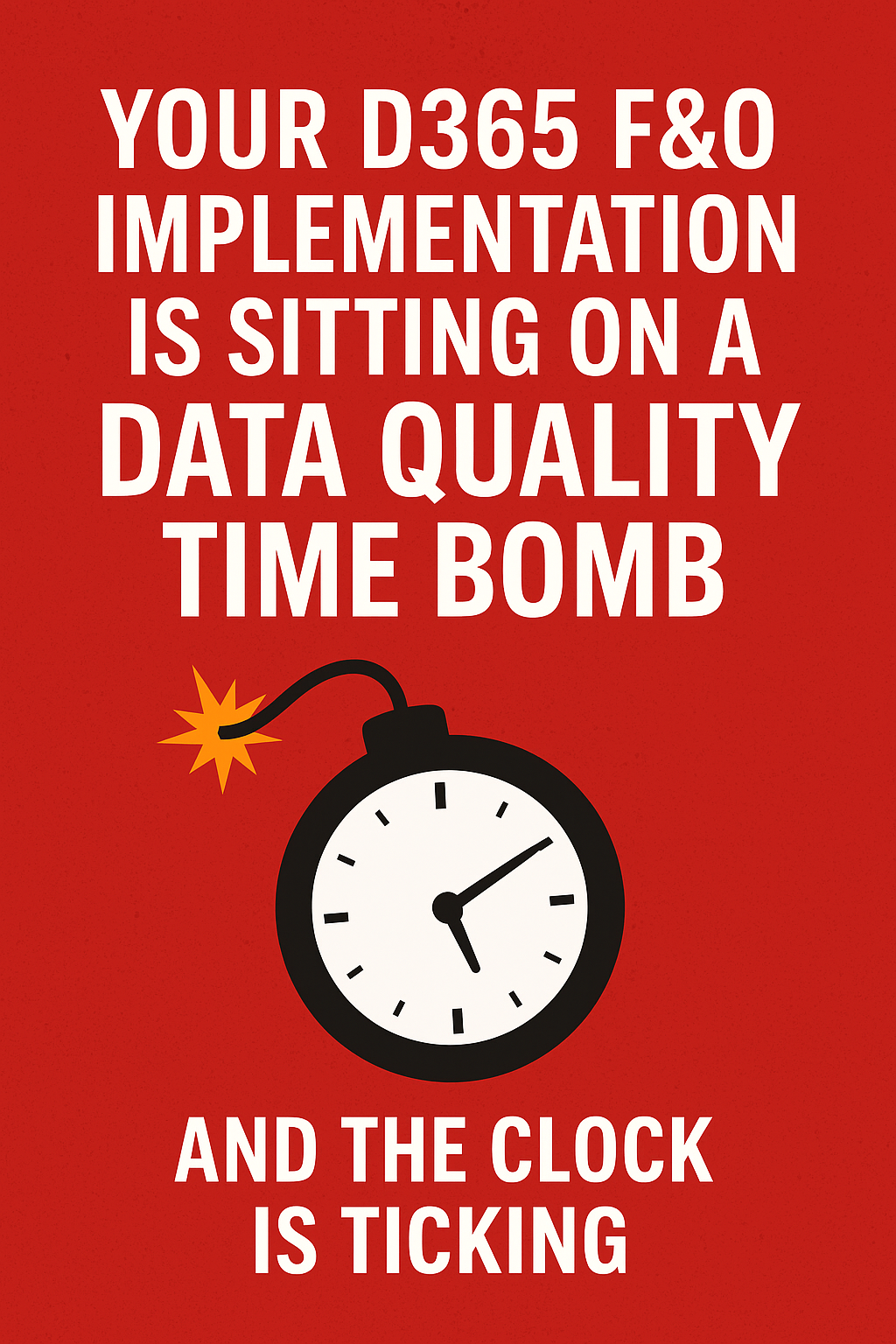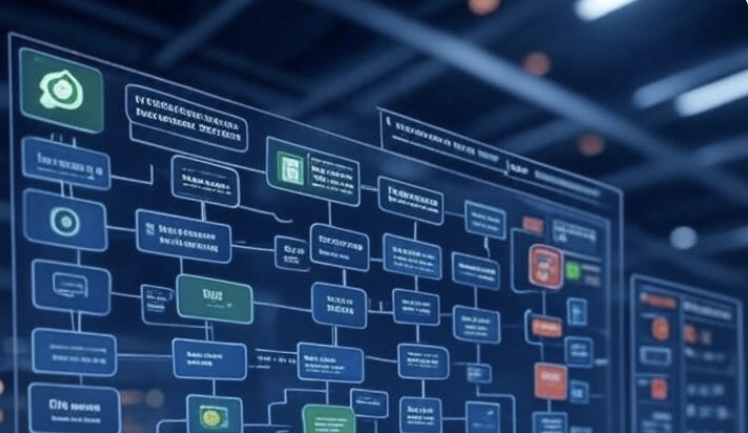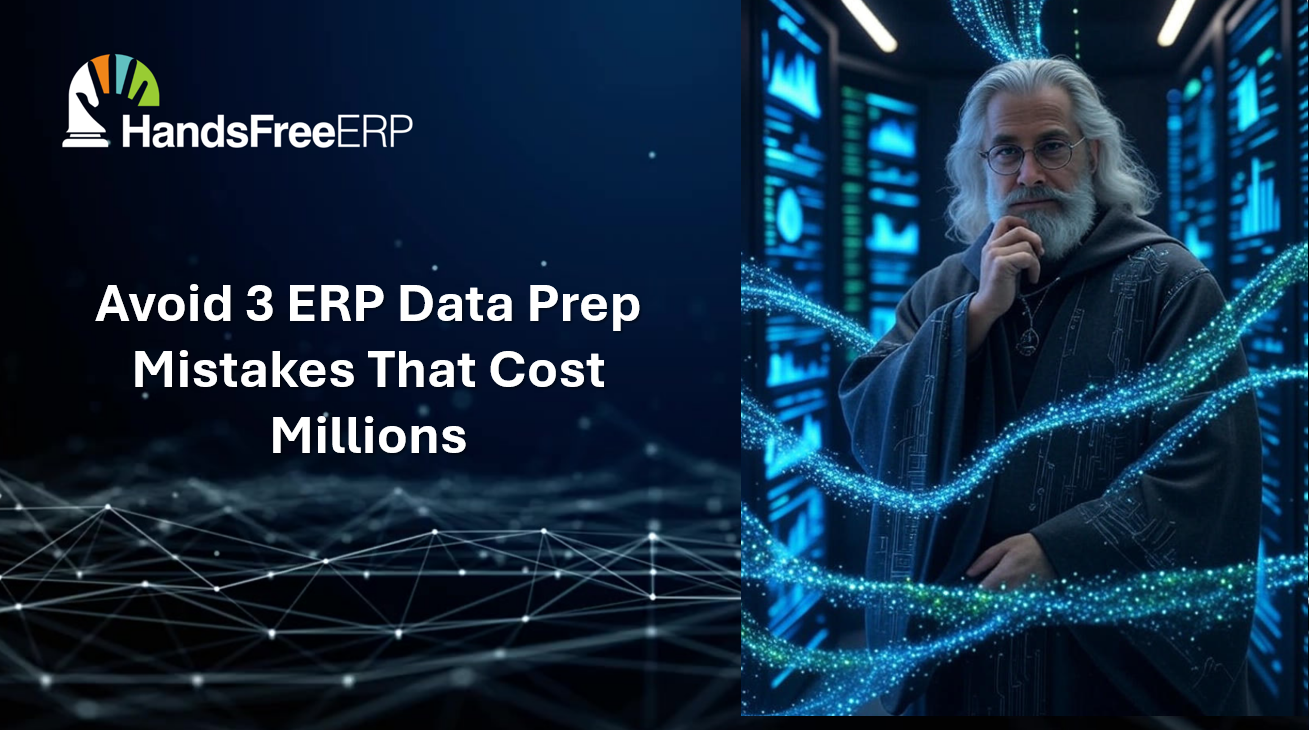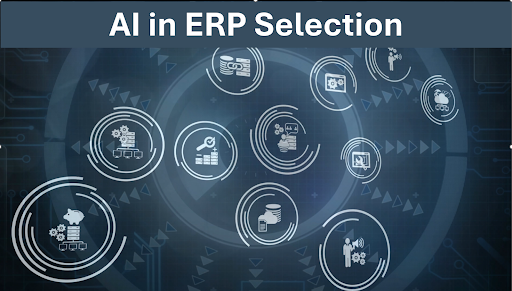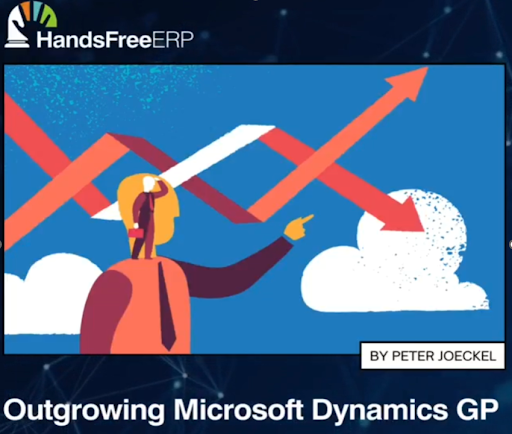ERP Project Insurance Policies
ERP Project Insurance Policies
One of my favorite ERP project rules is that, “No one has the budget to DO IT RIGHT, but everyone finds the cash to DO IT OVER."
Keeping that thought in mind, much of my time recently has been spent analyzing and delivering the results of requirements studies for Microsoft Dynamics GP, NAV, and AX companies contemplating a move to either Dynamics Business Central (BC) or Finance and Supply Chain Management (FSCM).
Who knew that there was still fun in the ERP software space?
For anyone new, a requirements-gathering project is one of the critical elements for a successful ERP implementation project. It intends to gather all the essential business requirements a new ERP solution must meet.
ERP software becomes more expensive, time-consuming, and challenging to install with every new release. One would assume that requirements-gathering tools constantly evolve to meet the challenges of this critical step in the ERP implementation process.One would logically assume that and also be completely wrong.
Traditionally, many ERP requirements-gathering projects that I have seen fall into two categories:
- Bloated, time-consuming, expensive, and life-sucking, Leading to challenged and failed projects.
- Cursory and inadequate, often designed to point to a predetermined solution. Leading to challenging and failed ERP projects.
So why am I having fun analyzing and delivering the results of requirements-gathering projects?Because of the reaction I get when reviewing the output of GYDE365-Discover requirements gathering surveys.Here is a recent example.
I was discussing the gaps between the business requirements for a manufacturing company currently on NAV contemplating an “upgrade” (their word) to Dynamics Business Central.
The reaction to the results was initially a combination of disbelief and dismay.Why? The company had done extensive research to ensure that Dynamics Business Central was a great fit. The analysis I was providing painted a new and concerning picture.
The fun was when the client finally smiled and said, “Wow! This has been invaluable. I am so glad we decided to do this”.
What we had “done” is to provide a detailed and unbiased requirements review and gap fit analysis utilizing GYDE365-Discover.
GYDE365-Discover is a revolutionary cloud-based application designed to help businesses determine with a high degree of specificity if Microsoft Dynamics 365 fits them. It was developed, maintained, and continuously updated by a team of ERP industry experts.
Yes, proper requirements gathering “insurance policies” can be money, project, and career savers. In some cases, they could have saved entire companies that failed because of destructive ERP projects.
If you want to bring additional joy into my life, let’s talk about how a GYDE365-Discover project can save your ERP project, career, or company with an ERP selection Insurance Policy.
HandsFree ERP
We are dedicated to ERP project excellence with experienced people, innovative processes, and innovative productivity tools like GYDE365-Discover. Experience - over one hundred years of combined experience selecting and implementing strategic ERP platforms.
Peter Joeckel
With an IE/OR engineering degree and enterprise software implementation experience starting at Price Waterhouse, Peter Joeckel has been in the business application selection, implementation, and challenged project turn-around business for over thirty years. He credits his industrial engineering degree with his search for better processes and tools to implement complex business application platforms.
Most recently, he was the lead HandsFree client advisor in the Circle of ERP Excellence lounge and speaker at the Community Summit North America.
HandsFree ERP is dedicated to supporting clients with their ERP initiatives, enabling companies to seamlessly connect users with their ERP partners. By utilizing skilled professionals, streamlined processes, and cutting-edge tools, HandsFree ERP significantly boosts the success rates of ERP projects.

